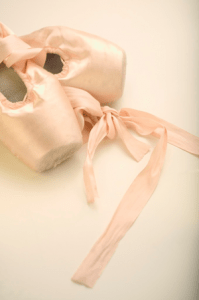 A few weeks back, I was asked to moderate a phone support group for a kindred consumer pain organization. The topic was pacing.
A few weeks back, I was asked to moderate a phone support group for a kindred consumer pain organization. The topic was pacing.
As I finished the introduction of the how’s and why’s, I listened carefully to the participants, all who live with pain and many who have lived with pain for many years. I quickly began to realize that pacing was like dancing.
For a few of us, it comes naturally, yet for most of us, lessons and practice is required. The secret to success, is taking that first step. Yet, some on the call seemed hesitant to try. I hope they rose to the challenge.
According to Mary French RN, MSW, LCSW-C, learning to pace (page 135) has several (mostly self-inflicted) barriers.
There are many reasons why we do not see our limits clearly and pace ourselves. We:
- Don’t want to disappoint family and friends.
- Were able to do it yesterday.
- Are having a good day and do not pay attention to the body.
- Ignore the body.
- Refuse to accept what is (this is different from resignation).
- Have obligations.
- Are trying to manage intense feelings such as anger or depression that tend to cloud our ability to see clearly.
- Decide to push through pain.
- Start to wonder if we are weak.
- Feel it would be easier to continue an activity than to explain to others.
- Haven’t taken the time to determine our limits.
Pacing your activities is one important tool that anyone and everyone with pain can use as a means to personally control pain (rather than allowing pain to control you). This takes wiliness, commitment and practice. There are some simple steps to follow. Pace—two—three—four.
Like dancing, you must be aware of your self—where you are standing, how you are moving, what your body feels like and allowing for a letting go. With dance, you let go to the music and allow your body to follow. There are dances that require specific steps and form that must be taught. There are others, where free expression leads the way.
With pain, you let go to the sensation and take notice of what movements, activities and lifestyle choices trigger changes in those pain sensations. There are techniques, positions and steps you can learn to help decrease rather than increase your pain. It takes trial and error to discover what works best for you. It takes one step at a time until you learn the full dance of pacing.
The steps of learning how to pace has been described as this.
Step 1: Identify an activity that you wish to target; one that is important to you and will motivate you to work on
Step 2: Calculate its baseline—how much can you do comfortably now before you experience pain increase or unpleasant pain sensation?
Step 3: Set an endpoint—how long would you like to be able to do this activity with some level of comfort?
Step 4: Set a starting point of about 80% of your baseline and slowly increase by 10% every 3-5 days as your comfort level builds.
Keep track of your progress along the way. Start low and go slow. You will be amazed of how quickly your endurance grows and your comfort lingers. There are pacing tools available to help. Setting timers can be useful too.
Pearls of wisdom: When you are having a good day, avoid over-doing or you will pay for it later. When you are having bad days, try to stay on track and not use this as a reason to “take a break” from your pacing plan.
Keep up your dance and pace on. Better yet, share your secret dance steps.
